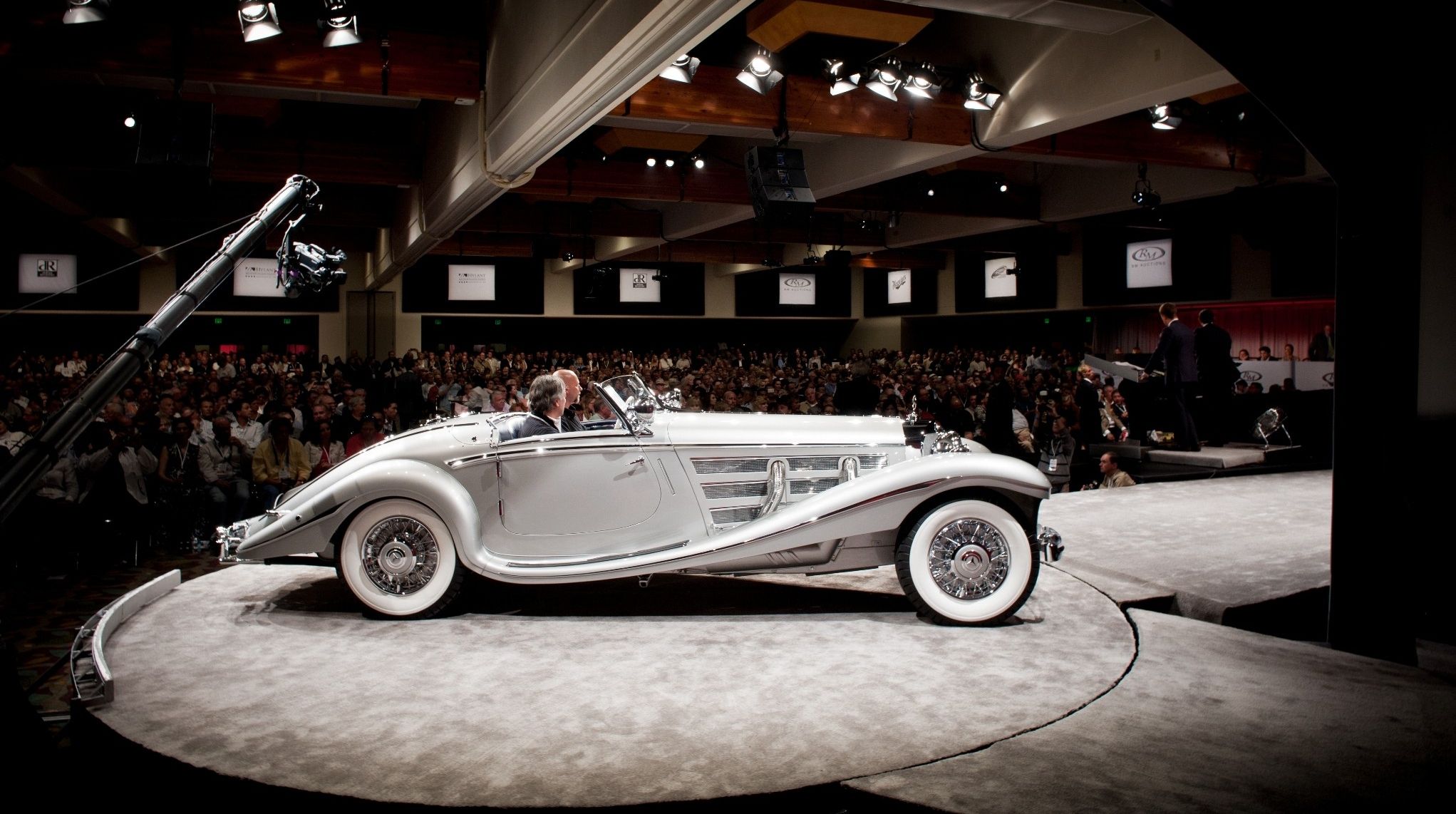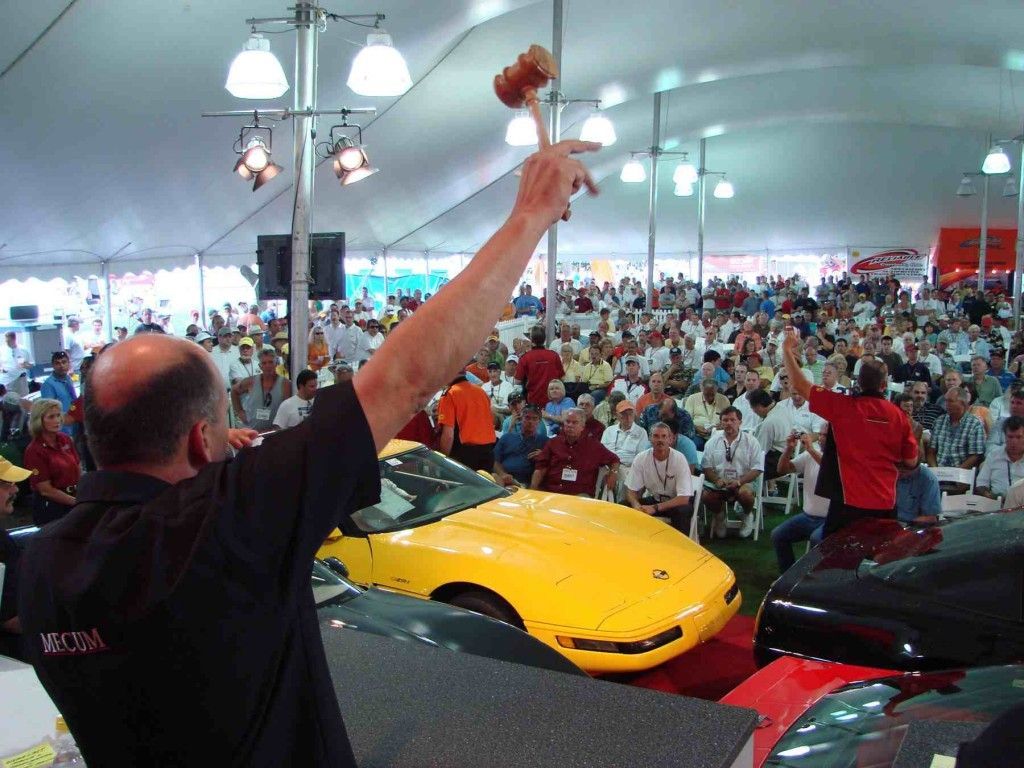Car auctions have become increasingly popular since the early 1970s, when classic Mercedes-Benz->ke187 and Bugatti->ke16 vehicles began fetching in excess of $500,000. Automobile auctioning reached a whole new level in the 2000s, with more and more vehicles -- mostly Ferraris->ke252 -- changing owners for millions of dollars. This is when a new trend started to become popular with manufacturers; donating first production units of highly anticipated and limited-edition->ke3060 vehicles to charity.
These cars are being donated while brand-new, and in most cases the auction->ke2845 takes place before the model becomes available in dealerships. Past examples indicate these cars fetch huge amounts of cash when compared to their actual stickers, with proceeds benefiting organizations that typically find cures for certain diseases, provide assistance to the elderly or education to the young. But how do these charity car auction work and why are they so popular with automakers? Read on to find out.
Click past the jump to read more about the benefits of buying an auctioned car.
Pros for the manufacturer
Manufacturers have huge benefits from offering vehicles to charity auctions. Publicity is the most obvious of the bunch. Many of the brand-new cars offered to charity are auctioned during important events hosted by world renowned organizations such as RM Auctions and Barrett-Jackson. These events, which often include multi-million dollar classics,->ke503 are intensely advertized on the Internet, in local papers, on the radio or on television. Thus they attract huge crowds and hundreds of wealthy potential buyers, which ultimately translates into hefty final bids, up to 10 times -- and sometimes more -- the actual sticker of the car.
The benefits of all this publicity are tremendous for automakers that donate the first production unit of a newly launched car. Most of the time, these events occur within weeks or months of the new product being launched at an auto show and builds more hype around the specific vehicle. Recent examples include the 2014 and 2015 Chevrolet Camaro Z/28, 2014 COPO Camaro, 2015 Dodge Challenger SRT Hellcat VIN0001, 2015 BMW i8 and the 2015 Ferrari 458 Speciale A. Most of them are available in limited quantities and generate massive interest among car collectors, who are willing to spend thousands of dollars, if not millions, to secure the first example to roll off the assembly line.
Value of buying the first car
While buying the first production unit of a common car such as the Chevrolet Cruze is no big deal, acquiring the first example of a highly anticipated vehicle or a limited-edition sports car is entirely different. That's mostly because manufacturers have made a habit of offering them to charity after equipping them with all sorts of goodies. These vehicles usually come with unique features, which, although sometimes not exactly eye-catching, signal the first unit is a tad special and not just the earliest car to roll off the assembly line.
In the least appealing of cases, these vehicles are accompanied by a certificate of authenticity and a bespoke dash plate with the production VIN. Some automakers, however, create a unique package for the said example, giving collectors the opportunity to buy a car with bespoke features that won't be available with other production units. In the latter category we find vehicles such as the 2015 Dodge Challenger SRT Hellcat VIN0001 and the 2015 BMW i8 Concours d'Elegance Edition.
The Challenger, for instance, was sold with a host of unique features attached to its VIN0001 plate. Exclusive goodies included a Stryker Red paint job borrowed from the Dodge Viper palette, special badging, an electronic build book, photos, and a signed SRT Hellcat lithograph. Not surprising, the unique muscle car crossed to block for $825,000, which amounts to more than 13 standard Hellcats. As for the i8, the Concours d'Elegance Edition came in an exclusive body finish, special leather upholstery and special lettering integrated into the headrests. Less impressive when compared to the Hellcat, but equally attractive to collectors looking for a first production example. The hybrid was hammered at $825,000, six times the price of a regular i8.
Cars such as the ones described above are likely to become prized collectibles once the current models are discontinued. Give them a couple of decades and they might worth a fortune to the right people. Considering their status, it's likely their owners won't drive them too much, and in this case extended garage time adds a lot of value in the process. Before we know it, these unique vehicles could be worth millions of dollars.
Tax benefit of buying from a charity auction
While buying cars from regular auction will require you to pay taxes, donations to charity are tax deductible expenses. According to the IRS, donors who purchase items at a charity auction may claim a charitable contribution deduction for the difference between the price paid for an item and its fair market value. This means whoever bought the $825k Hellcat could legally write off $765,005 of the purchase price.


